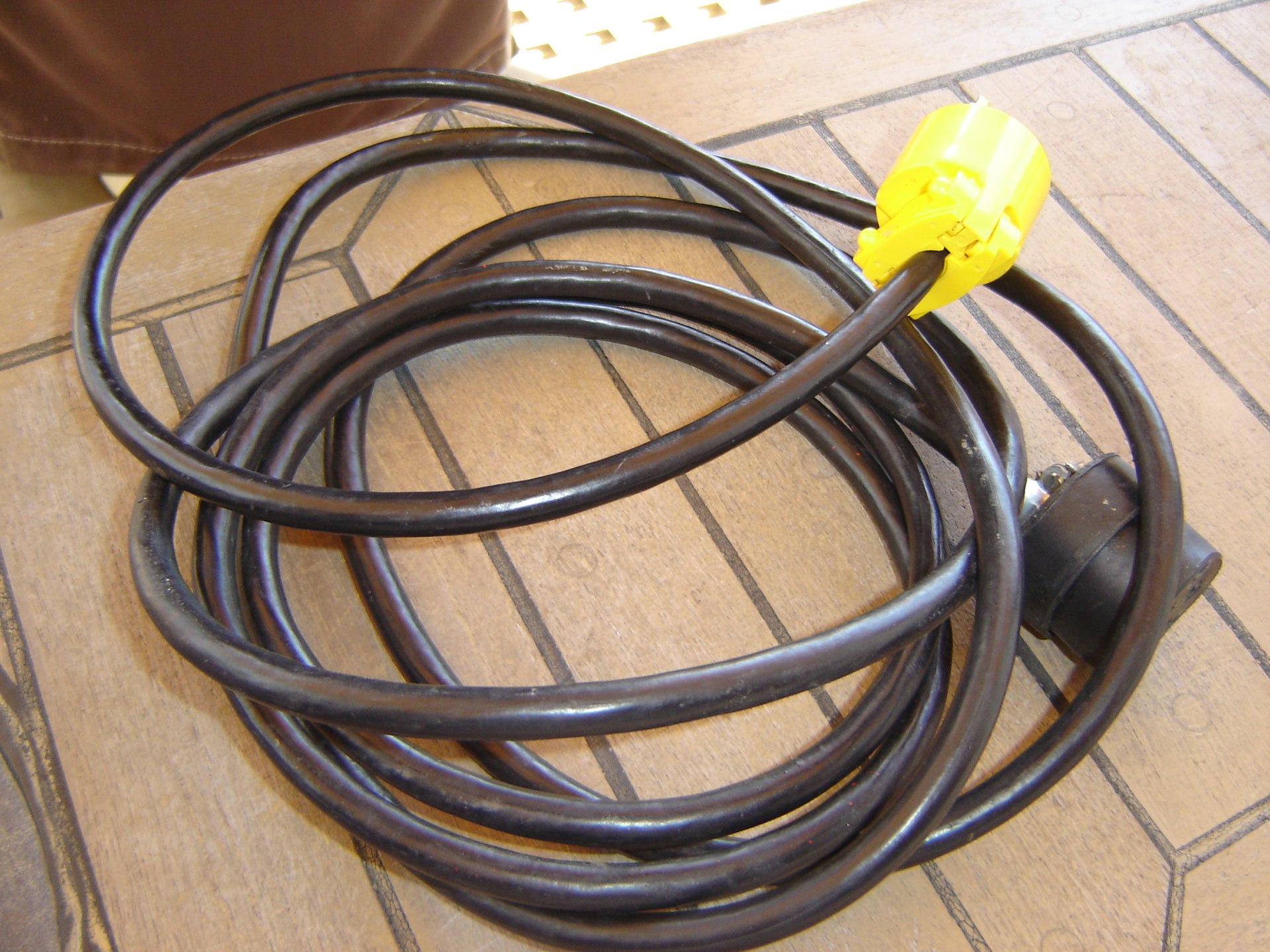On average, boat jobs require (as Lon says) 3.5 trips to West Marine, Hurd's Ace Hardware or the Napa store here in Deltaville. If you get a job done with only three trips, that means that there's a four-tripper in your future.
It's a natural law. Like Parkinson's Law ("work expands to fill the time available"). Lon's estimate was based on some preliminary statistics, but I've defined the fundamental theory of supplies. This gives us: Crow's Laws of On-Board Supplies:
-
Until you have some critical mass of parts, every job requires parts that are not on board.
-
Each trip to a supplier has a probability of either omitting something you needed or getting the wrong size part (or both). Getting an entirely wrong part is still an omission, since you didn't get the part you needed. Getting the count wrong, similarly, is an omission. For the record, a 48" track with holes every 4" does not have 12 holes. It has 13. Count ‘em and see.
-
The probability of being within the "on-target" circle is 1/π, leading to an average of π trips to a supplier.
In spite of Crow's Law, we have reached some critical mass for a subclass of parts.
Depicted above is Mini-Me's extension cord made entirely from on-boat parts. Really.
No trips ashore for anything. We had the extension cord parts and appropriate 3-strand wire.
Other Jobs Done
A long time ago, I put in a light that illuminated the interior of the old fridge boxes.
I finally added a light to illuminate the old freezer box.
Yes, the wires are visible if you look underneath the galley shelf. When standing—and looking down from above—they're pretty hard to see.
So far, we've replaced almost a dozen old lights. We're replacing the ones we use most often. We've still got five remaining fixtures that we want to replace before the job is finished.
One minor item was to remove the old courtesy light switch from the incongruous position inside a hanging locker. Now it's in the galley.
Mr. Lehman
Engine-wise, we've replaced the isolation diodes with relays. We've replaced the old 1-2-both-off switch with a simpler engine-house-parallel switch. We're replaced the old Motorola 55A alternator with a Balmar 110A alternator. We've added an external "smart" regulator. We've replaced belts, checked the zincs, the coolant, and the oil.
We've also replaced the temperature gauge sender so that the operating temperature readings are close to correct.
With the new alternator, however, the tachometer readings will be way out in left field. The old wheels where 8:4. The new wheels are 8:2.5. That means the tach is off by a factor of 1.6.
1000 will show as 1600; 1600-1800 (cruising range) will show as 2560 to 2880 on the old tach.
The best part is opening the seacock and tearing off last winter's Do Not Operate tag.
Now it's on to rig inspection. Hopefully, this will not require parts.





